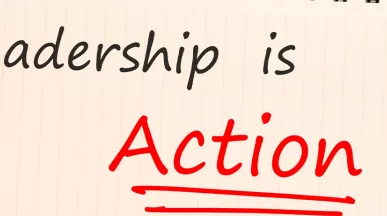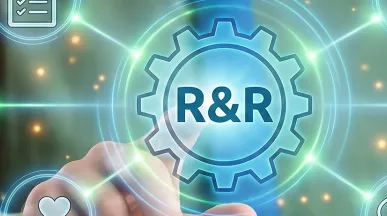Recognizing Burnout and Seeking Support

By Theresa Harkins-Schulz
We become less efficient and more likely to make a mistake. Multi-tasking and high stress levels can dramatically increase the chance of job burnout. Are you being asked to do more with less resources? Are you juggling work with kids attending school online? Burnout can affect our physical and mental health, so finding balance in our lives is critically important. See if you identify with any of these signs of burnout. If you answered ‘yes’ to any of the signs of burnout above, here are some action steps you can take to help you manage and move through it.
For many of us, the past year has changed how we interact with others, the way we work, and how we work. We’re multi-tasking much more throughout our workday, which has increased our stress levels. Studies show that when our brain is constantly switching gears to bounce back and forth between tasks — especially those that are complex and require our active attention — we become less efficient and more likely to make a mistake. Multi-tasking and high-stress levels can dramatically increase the chance of job burnout.
Detecting Burnout
Are you being asked to do more with less resources? Are you juggling work with kids attending school online? Burnout can affect our physical and mental health, so finding balance in our lives is critically important. See if you identify with any of these signs of burnout:
- Have you become cynical or critical at work?
- Do you drag yourself to work and have trouble getting started?
- Have you become irritable or impatient with co-workers, customers or clients?
- Do you lack the energy to be consistently productive?
- Do you find it hard to concentrate?
- Do you lack satisfaction from your achievements?
- Are you using food, drugs, or alcohol to feel better or to simply not feel?
- Have your sleep habits changed?
- Are you troubled by unexplained headaches or other physical complaints?
You’re not alone. Pre-pandemic, 42% of employees reported feeling burnt out. With COVID-19, that number shot up to 72% in just one year.
Managing Burnout
If you answered ‘yes’ to any of the signs of burnout above, here are some action steps you can take to help you manage and move through it:
- Seek Support – Let others know you are struggling — your co-workers, family, and friends want to help.
- Use your Benefits – Seek guidance from your employee assistance program or other health and wellness services provided by your company.
- Evaluate – Write down what’s frustrating you and map out possible solutions. Discuss concerns with your supervisor. Work with your supervisor or other colleagues to set goals that hold you accountable for what must get done and what can wait.
- Exercise – Regular physical activity can help you better deal with stress. Choose something that is fun for you — it could be walking, hiking, pickleball, biking, yoga, jogging — anything that makes you move!
- Change Venues – Put on headphones and try a walking meeting!
- Sleep – We need sleep, it rejuvenates and repairs our bodies. Try a sleep app to help you fall into a deeper sleep. I like Calm.
- Practice Mindfulness – Mindfulness is a form of meditation that helps you focus on what you are feeling in each moment. Practicing mindfulness can help reduce stress.
The COVID-19 pandemic has changed our daily lives. Masks, hand sanitizer, zoom meetings, virtual school, grocery pickups and celebration drive-by’s have become our daily reality. All this has added stress to our lives, but we can mitigate it through awareness and action for ourselves and our employees, and by fostering a culture that puts people first.





